History Of The World's Postal Service
Description
This section is from "Scientific American Supplement". Also available from Amazon: Scientific American Reference Book.
History Of The World's Postal Service
It is commonly believed in Europe that the mail is chiefly forwarded by the railroads; but this is only partially the case, as the largest portion of the mails is intrusted now, as formerly, to foot messengers. How long this will last is of course uncertain, as the present postal service seems suitable enough for the needs of the people. The first task of the mail is naturally the collection of letters. Fig. 17 represents a letter box in a level country.
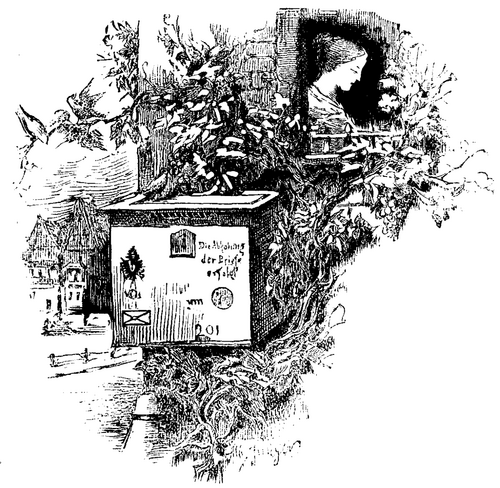
FIG. 17. - COUNTRY LETTER BOX.
By way of example, it is not uninteresting to know that the inhabitants of Hanover in Germany made great opposition to the introduction of letter boxes, for the moral reason that they could be used to carry on forbidden correspondence, and that consequently all letters should be delivered personally to the post master.
After the letters are collected, the sorting for the place of destination follows, and Fig. 18 represents the sorting room in the Berlin Post Office. A feverish sort of life is led here day and night, as deficient addresses must be completed, and the illegible ones deciphered.
It may here be mentioned that the delivery of letters to each floor of apartment houses is limited chiefly to Austria and Germany. In France and England, the letters are delivered to the janitor or else thrown into the letter box placed in the hall.
After the letters are arranged, then comes the transportation of them by means of the railroad, the chaise, or gig, and finally the dog mail, as seen in Fig. 19. It is hard to believe that this primitive vehicle is useful for sending mail that is especially urgent, and yet it is used in the northern part of Canada. Drawn by three or four dogs, it glides swiftly over the snow.
It is indeed a large jump from free America, the home of the most unlimited progress, into the Flowery Kingdom, where cues are worn, but we hope our readers are willing to accompany us, in order to have the pleasure of seeing how rapidly a Chinese mail carrier (Fig. 20) trots along his route under his sun umbrella.
Only the largest and most robust pedestrians are chosen for service, and they are obliged to pass through a severe course of training before they can lay any claim to the dignified name, "Thousand Mile Horse."

FIG. 18. - SORTING ROOM IN BERLIN POST OFFICE.
But even the Chinese carrier may not strike us so curiously as another associate, given in our next picture, Fig. 21, and yet he is a European employe from the Landes department of highly cultivated France. The inhabitants of this country buckle stilts on to their feet, so as to make their way faster through brambles and underbrush which surrounds them. The mail carrier copied them in his equipment, and thus he goes around on stilts, provided with a large cane to help him keep his balance, and furnishes a correct example of a post office official suiting the demands of every district.
While the mail in Europe has but little to do with the transportation of passengers, it is important in its activity in this respect in the large Russian empire.

FIG. 19. - DOG POST AT LAKE SUPERIOR.
The tarantass (Fig. 22), drawn by three nimble horses, flies through the endless deserts with wind-like rapidity.
The next illustration (Fig. 23) leads us to a much more remote and deserted country, "Post office on the Booby Island," occupied only by birds, and a hut containing a box in which are pens, paper, ink, and wafers. The mariners put their letters in the box, and look in to see if there is anything there addressed to them, then they continue their journey.
Postage stamps are not demanded in this ideal post office, but provision is made for the shipwrecked, by a notice informing them where they can find means of nourishment.
Once again we make a leap. The Bosnian mail carrier's equipment (Fig. 24) is, or rather was, quite singular, for our picture was taken before the occupation.
This mounted mail carrier with his weapons gives one the impression of a robber.
The task of conducting the mail through the Alps of Switzerland (Fig. 25) must be uncomfortable in winter, when the sledges glide by fearful precipices and over snow-covered passes.
Since the tariff union mail developed from the Prussian mail, and the world's mail from the tariff union, it seems suitable to close our series of pictures by representing the old Prussian postal service (Fig. 26) carried on by soldier postmen in the eighteenth century during the reign of Frederick the Great.
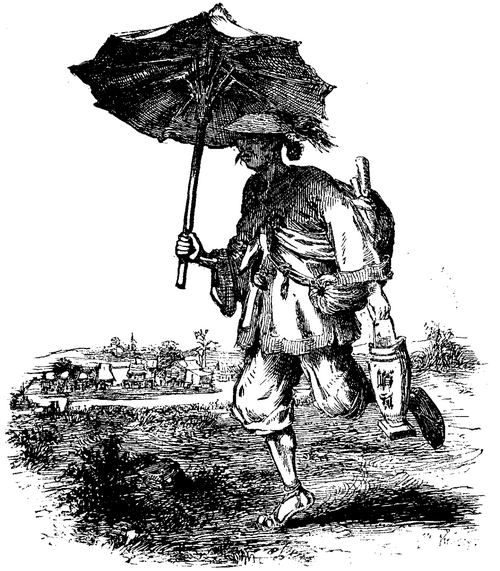
FIG. 20. - CHINESE POSTMAN.

FIG. 21. - DELIVERING LETTERS IN LANDES DEPARTMENT, FRANCE.

FIG. 22. - RUSSIAN EXTRA POST.
The complaint is made that poetry is wanting in our era, and it has certainly disappeared from the postal service. One remembers that the postilion was for quite a while the favorite hero of our poets, the best of whom have sung to his praises, and given space to his melancholy thoughts of modern times in which he is pushed aside. It is too true that the post horn, formerly blown by a postilion, is now silenced, that the horse has not been able to keep up in the race with the world in its use of the steam horse, and yet how much poetry there is in that little post office all alone by itself on the Booby Island, that we have described - the sublimest poetry, that of love for mankind!
The poet of the modern postal system has not yet appeared; but he will find plenty of material. He will be able to depict the dangers a postman passes through in discharging his duty on the field, he will sing the praises of those who are injured in a railroad disaster, and yet continue their good work.

FIG. 23. - POST OFFICE ON BOOBY ISLAND.
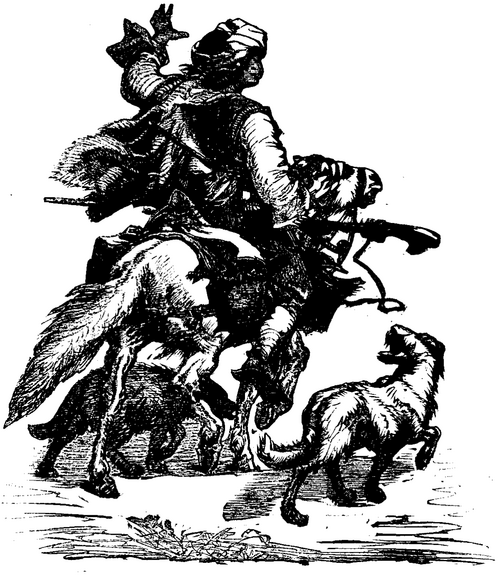
FIG. 24. - BOSNIAN POST.
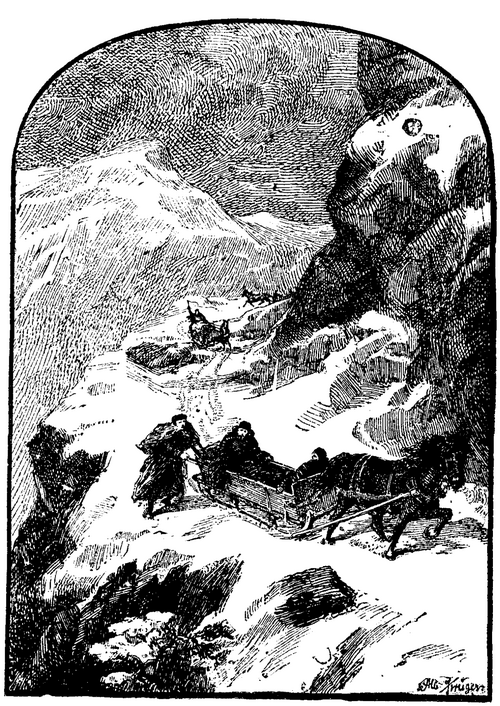
FIG. 25. - SWISS ALPINE POST IN WINTER.
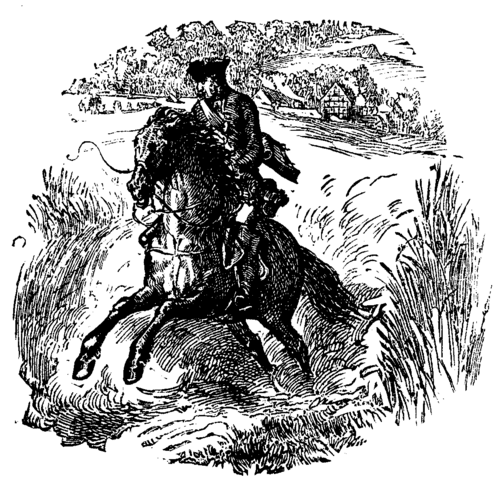
FIG. 26. - SOLDIER POSTMAN OF THE EIGHTEENTH CENTURY.
He can also praise the noble thought of uniting the nations, which assumed its first tangible form in the world's mail. It will not be a sentimental song, but one full of power and indicative of our own time, in spite of those who scorn it. - Translated for the Scientific American Supplement by Jenny H. Beach, from Neue Illustrirte Zeitung.
Continue to:


